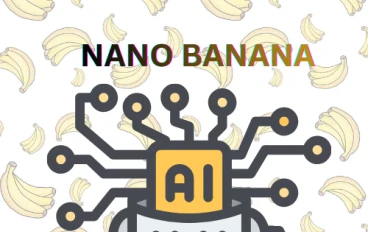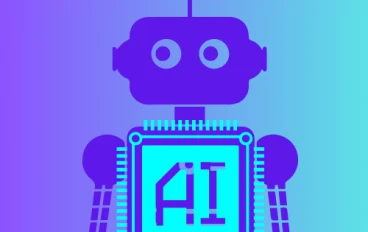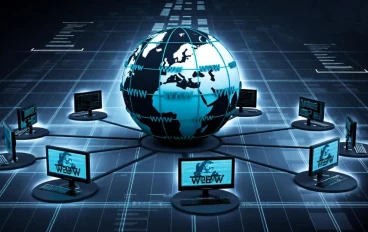
The Most Mind-Blowing AI Tools in 2025
The Most Mind-Blowing AI Tools in 2025
Artificial Intelligence has reached new heights in 2025, introducing tools that are transforming how people work, create, and innovate. These AI-powered tools are no longer limited to experts; anyone can use them to save time, reduce costs, and improve creativity. From content creation to coding and data analysis, the AI revolution is changing daily productivity.
1. Designing Realistic Images and Videos
One of the most exciting AI developments in 2025 is the ability to create highly realistic images and videos. These tools help individuals and businesses generate visuals that would have previously needed professional photographers, videographers, or graphic designers.
Practical Uses:
Marketing campaigns: Create ads and visuals without outsourcing.
Digital content: Produce engaging social media content in minutes.
Education: Illustrate complex concepts or presentations.
For example, a small e-commerce business can now generate product images from text descriptions. This cuts out the need for costly photoshoots. Similarly, YouTube creators use AI-generated visuals to create entire video backgrounds, which saves hours of manual editing.
2. Writing Complete Code in Minutes
AI is no longer limited to content creation; it now extends into software development. AI coding tools can write full code for websites, mobile apps, or automation scripts in minutes, often including detailed explanations and comments for each step.
Practical Uses:
Entrepreneurs can prototype apps faster and launch products efficiently.
Freelancers can deliver coding projects in less time.
Students learning programming can get AI-guided examples to understand coding logic.
For instance, a startup developing a custom online store used an AI coding tool to build the entire front-end and back-end in just a few hours — a task that normally would have taken weeks. This shows how AI is democratizing software development.
3. Analyzing Big Data for Smart Decisions
In today’s data-driven world, AI tools can analyze massive datasets, uncover patterns, and provide actionable insights faster than any human team. From tracking market trends to understanding consumer behavior, AI is revolutionizing decision-making.
Practical Uses:
Businesses can optimize marketing strategies based on AI analysis.
Investors can spot trends in stocks, crypto, or commodities.
Researchers can extract meaningful insights from scientific data.
For example, a medium-sized retail chain used AI to analyze customer purchase history and noticed trends that helped increase sales by 20% in a single quarter. This shows that AI tools are not just convenient — they can directly impact profitability and strategy.
4. Real-World Examples and Success Stories
The impact of AI tools is clear in various sectors.
Education: AI platforms now summarize textbooks, create practice problems, and simulate exams for students.
Healthcare: AI helps with medical research by analyzing clinical trials and suggesting treatment plans.
Entrepreneurship: Startups are using AI to come up with product ideas, write business plans, and even forecast market response.
A real example is a marketing agency that started using AI tools to create content, design campaigns, and study customer engagement. Their productivity doubled in just two months, and costs dropped by nearly 40%.
5. How Individuals Can Use These Tools
GPT-5 and other AI tools aren’t just for corporations; anyone can benefit.
Students can summarize notes, generate study guides, or get help with coding assignments.
Freelancers can create content, build websites, or analyze client data more efficiently.
Entrepreneurs can test business ideas, create marketing materials, or simplify operations.
Using AI as a personal assistant allows individuals to focus on creative and strategic work instead of repetitive tasks. It’s like having a team of experts available around the clock.
6. Impact on Jobs and the Future of Work
While AI tools provide significant benefits, they also alter the job market. Routine and repetitive tasks are increasingly automated, but new opportunities arise in areas such as AI supervision, data interpretation, and creative problem-solving.
Workers who embrace AI can boost their productivity, while those who resist may encounter difficulties. The key is to see AI as a partner, not a rival.
For instance, a digital marketer who uses AI to analyze campaigns and generate content can concentrate more on strategy and client relationships, allowing the AI to handle repetitive tasks.
7. Ethical Considerations
With great power comes great responsibility. As AI improves, ethical issues become important:
Ensuring AI-generated content is correct and trustworthy.
Avoiding misuse of AI to create misleading visuals or deepfakes.
Protecting data privacy and security.
By using AI responsibly, individuals and businesses can get the most benefits while reducing risks.
Conclusion
AI tools in 2025 are no longer experimental novelties. They are powerful productivity and innovation engines. From creating realistic visuals to writing code and analyzing big data, AI is changing how we work, learn, and innovate.
Whether you are a student, entrepreneur, freelancer, or professional, these tools can improve your efficiency, spark creativity, and open up new opportunities. The AI revolution is here. Those who embrace it today will lead tomorrow.

































